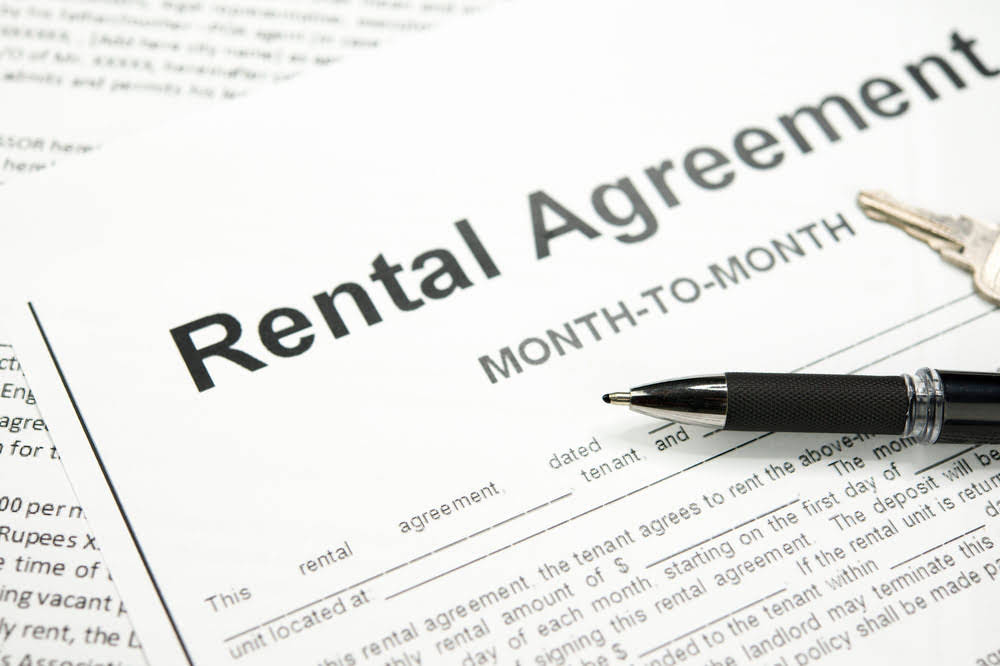
From this, we know that a salvage value is used for determining the value of a good, machinery, or even a company. It is beneficial to the investors who can then use it to assess the right price of a good. Similarly, organizations use it to examine and deduct their yearly tax payments.
- Depreciation is an essential measurement because it is frequently tax-deductible.
- Furthermore, salvage value also aids in strategic decision-making related to the potential sale of depreciated assets for parts.
- The third decision rule is for the situation of continuous regular payments that are variable in amount.
- Book value is the historical cost of an asset less the accumulated depreciation booked for that asset to date.
Is Salvage Value the Same as Selling Price?

After tax salvage value is like the retirement money for a company’s equipment. It’s the amount a company thinks it will get for something when it’s time to say goodbye to it. Companies use this value to figure out how much to subtract from the original cost of the thing when calculating its wear and tear. It’s also handy for guessing how much money they might make when they get rid of it. The straight-line depreciation method is one of the simplest ways to calculate how much an asset’s value decreases over time.
- It helps businesses and individuals estimate the net cash flow they will receive when disposing of an asset after taking into account the applicable tax consequences.
- That’s because non-cash expenses, such as depreciation, are more easily manipulated through “creative accounting” to make a company appear profitable, at least on paper.
- Salvage value is the amount a company can expect to receive for an asset at the end of the asset’s useful life.
- Depreciation schedules provide a detailed record of how assets depreciate over time, ensuring accurate financial reporting and compliance with accounting standards.
- Calculate accumulated depreciation up to the disposal date using your preferred method (straight-line, declining balance, etc.), ensuring compliance with relevant accounting standards.
How can businesses use after-tax salvage value in decision-making?
- Depreciation reduces an asset’s book value, which can affect the gain or loss on the sale of the asset, ultimately impacting the after-tax salvage value.
- The straight-line method is a way to calculate depreciation by evenly spreading the asset’s cost over its useful life.
- As the salvage value is extremely minimal, the organizations may depreciate their assets to $0.
- To calculate the salvage value using this method, multiply the asset’s original cost by the salvage value percentage.
- The higher the CFAT, the better positioned a business is to make distributions to investors.
- Now that we understand the basics of the concept, let us also understand the practicality of the concept of terminal cash flow calculation through the example below.
It spreads the decrease evenly over the asset’s useful life until it reaches its salvage value. So, when a company figures out how much something will lose value over time (depreciation), they also think about what it might still be worth at the end, and that’s the salvage value of that asset. Despite the various advantages, there are a few factors that prove to be a hassle. Let us understand the disadvantages of terminal cash flow calculation through the points below.

Double-Declining Balance Method
- But generally, salvage value is important because it’s the value a company puts on the books for that thing after it’s fully depreciated.
- However, as it is not an actual cash flow, it must be added back to the after-tax income to produce a more accurate picture of cash flow.
- This helps businesses determine the net amount they can expect to receive from selling an asset after accounting for any additional costs involved in the sale.
- The company pays $250,000 for eight commuter vans it will use to deliver goods across town.
- If we imagine that this value would be nil, there would be no chance of any reduction in depreciation.
A lower or negative NPV suggests that the expected costs outweigh the earnings, signaling potential financial losses. Therefore, when evaluating investment opportunities, a higher NPV is a favorable indicator, aligning with the goal of maximizing profitability and creating long-term value. NPV is the result of calculations that find the current value of a future stream of payments using the proper unearned revenue discount rate.

Straight Line Depreciation Calculator

The double-declining balance (DDB) method uses a depreciation rate that is twice the rate of straight-line depreciation. Therefore, the DDB method would record depreciation expenses at (20% × 2) or 40% of the remaining depreciable amount per year. If a company wants to front-load depreciation expenses, it can use an accelerated depreciation method that deducts Bookkeeping for Veterinarians more depreciation expenses upfront. Many companies use a salvage value of $0 because they believe that an asset’s utilization has fully matched its expense recognition with revenues over its useful life.

Straight-Line Depreciation Method
The estimated useful life of the machine is 5 years, and its salvage value is determined to be $2,000. The condition of the asset is an essential factor in determining its salvage value. An asset in good condition is likely to have a higher salvage value compared to one that is damaged or in poor condition. The better the condition, the more valuable the asset is likely to be in the salvage market. The car salvage value calculator is going to find the salvage value of the car on the basis of the yearly depreciation value. Suppose a company spent $1 million purchasing machinery and tools, which are expected to be useful for five years and then be sold for $200k.
Companies can also use industry data or compare with similar existing assets to estimate salvage value. For example, a delivery company might look at the value after tax salvage formula of its old delivery trucks for guidance. To calculate the After Tax Salvage Value, subtract the product of depreciation and years from the initial value. If we imagine that this value would be nil, there would be no chance of any reduction in depreciation.
